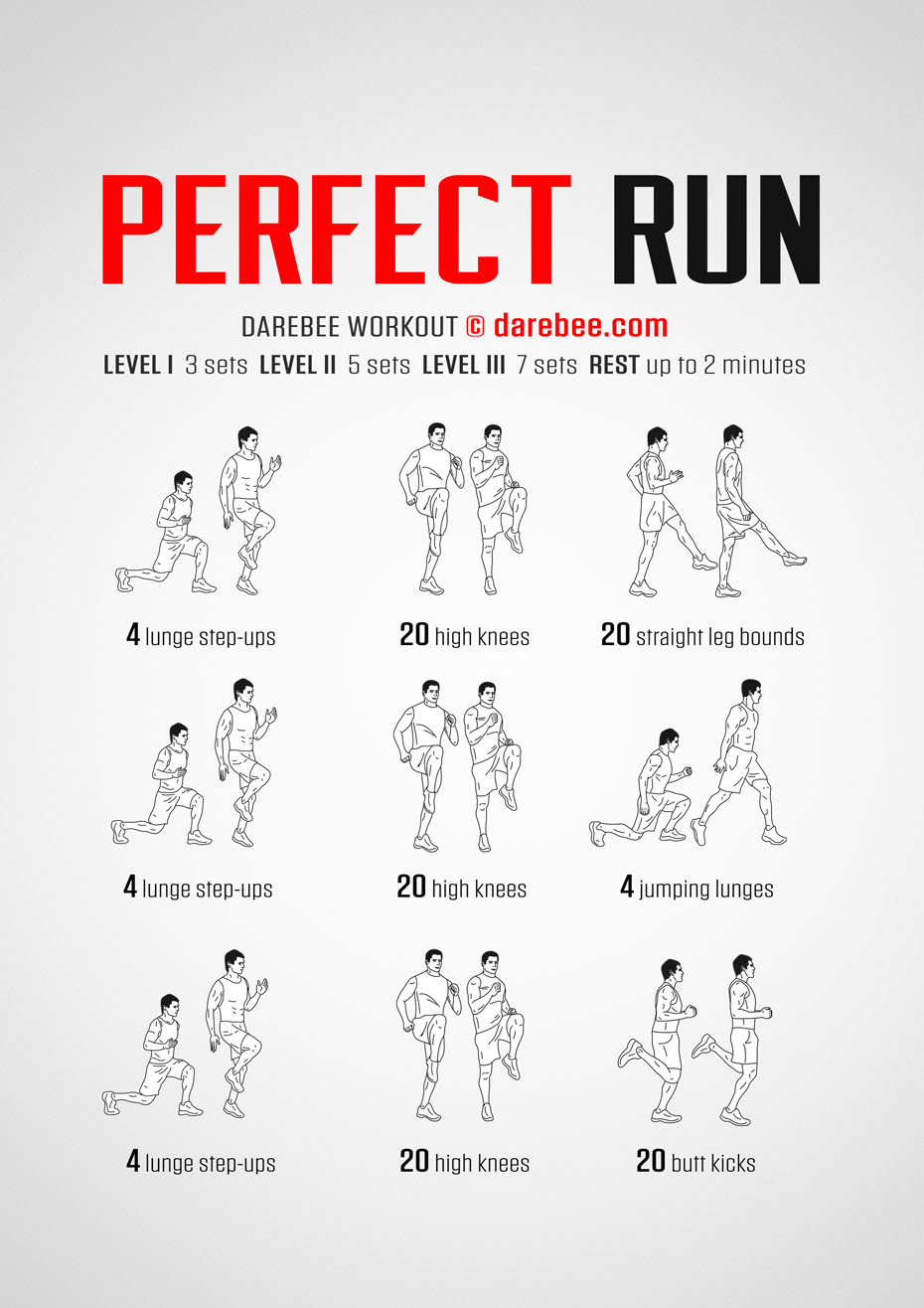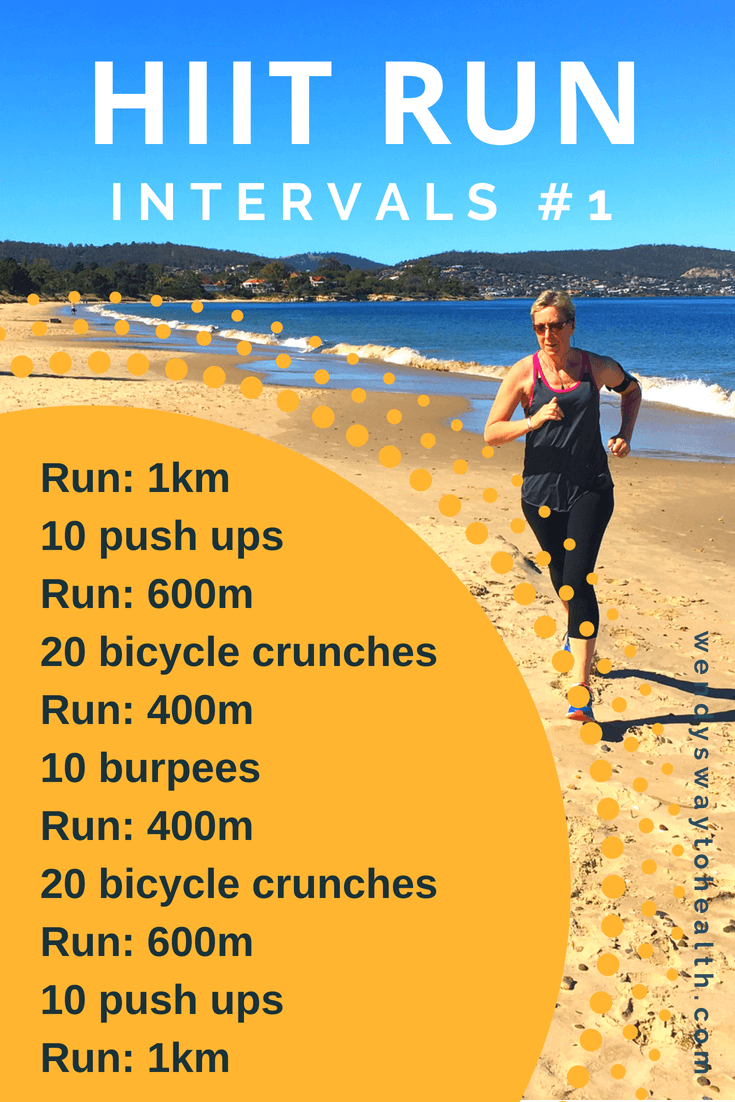Enhance Your Running Workout: Expert Strategies Introduced
Enhance Your Running Workout: Expert Strategies Introduced
Blog Article
Dealing With Typical Running Discomforts: Reasons, Solutions, and Prevention
As runners, we usually encounter different pains that can prevent our performance and satisfaction of this physical activity. From the devastating discomfort of shin splints to the unpleasant IT band syndrome, these common running discomforts can be frustrating and demotivating. Recognizing the reasons behind these conditions is crucial in efficiently resolving them. By exploring the root factors for these running pains, we can uncover targeted remedies and preventative steps to make sure a smoother and much more meeting running experience (useful reference).
Usual Running Discomfort: Shin Splints
Shin splints, a common running pain, often result from overuse or incorrect footwear during exercise. This problem, clinically called medial tibial anxiety disorder, manifests as discomfort along the inner edge of the shinbone (tibia) and is common amongst professional athletes and runners. The repetitive stress and anxiety on the shinbone and the cells attaching the muscles to the bone brings about inflammation and discomfort. Joggers that rapidly boost the intensity or duration of their workouts, or those that have level feet or inappropriate running strategies, are particularly vulnerable to shin splints.
To stop shin splints, people should gradually raise the strength of their workouts, wear proper footwear with proper arch support, and keep adaptability and stamina in the muscle mass surrounding the shin (running workout). Furthermore, integrating low-impact tasks like swimming or cycling can aid maintain cardiovascular physical fitness while permitting the shins to recover.
Typical Running Discomfort: IT Band Syndrome
In enhancement to shin splints, another widespread running discomfort that athletes typically run into is IT Band Disorder, a problem triggered by swelling of the iliotibial band that runs along the external upper leg and knee. IT Band Syndrome typically materializes as pain on the exterior of the knee, specifically throughout tasks like running or biking. The iliotibial band is a thick band of fascia that connects the hip to the shin, and when it ends up being swollen or tight, it can massage against the thigh bone, bring about pain and discomfort.
Runners experiencing IT Band Disorder may observe a painful or aching sensation on the external knee, which can worsen with ongoing task. Elements such as overuse, muscle mass inequalities, inappropriate running form, or inadequate workout can add to the advancement of this problem. To avoid and reduce IT Band Disorder, joggers need to concentrate on extending and enhancing exercises for the hips and upper legs, correct shoes, steady training development, and attending to any kind of biomechanical issues that might be worsening the problem. Disregarding the symptoms of IT Band Syndrome can result in chronic issues and long term healing times, emphasizing the relevance of very early intervention and correct monitoring approaches.
Typical Running Pain: Plantar Fasciitis

Plantar Fasciitis can be credited to various variables such as overtraining, inappropriate footwear, working on hard surface areas, or having high arches or flat feet. To avoid and ease Plantar Fasciitis, joggers can incorporate extending exercises for the calf bones and plantar fascia, use supportive footwear, maintain a healthy and balanced weight to minimize stress on the feet, and slowly boost running strength to stay clear of abrupt stress and anxiety on the plantar fascia. If signs and symptoms continue, it is advised to consult a healthcare professional for appropriate diagnosis and therapy alternatives to resolve the condition properly.
Common Running Pain: Jogger's Knee
After addressing the obstacles of Plantar Fasciitis, an additional prevalent issue that runners frequently face is Runner's Knee, a typical running discomfort that can prevent athletic efficiency and cause pain throughout physical task. Jogger's Knee, also called patellofemoral pain syndrome, manifests as pain around or behind the kneecap. This condition is commonly credited to overuse, muscle this page mass discrepancies, improper running techniques, or issues with the positioning of the kneecap. Runners experiencing this discomfort may feel a boring, aching discomfort while running, rising or down staircases, or after long term durations of resting. To stop Jogger's Knee, it is essential to include correct workout and cool-down routines, keep solid and balanced leg muscle mass, wear ideal shoes, and gradually boost running strength. If signs continue, inquiring from a healthcare professional or a sports medicine specialist is suggested to detect the underlying reason and develop a customized therapy plan to relieve the pain and prevent further issues.
Typical Running Discomfort: Achilles Tendonitis
Commonly affecting joggers, Achilles Tendonitis is an uncomfortable problem that influences the Achilles tendon, creating discomfort and potential constraints in physical activity. The Achilles ligament is a thick band of cells that links the calf muscles to the heel bone, important for activities like running, jumping, and strolling - Get More Info. Achilles Tendonitis typically creates because of overuse, inappropriate shoes, inadequate extending, or sudden boosts in physical task
Symptoms of Achilles Tendonitis include discomfort and rigidity along the tendon, especially in the early morning or after durations of lack of exercise, swelling that intensifies with activity, and potentially bone spurs in persistent situations. To stop Achilles Tendonitis, it is vital to extend appropriately before and after running, put on suitable footwear with correct support, gradually increase the intensity of workout, and cross-train to reduce recurring stress and anxiety on the ligament. Therapy may involve rest, ice, compression, altitude (RICE procedure), physical therapy, orthotics, and in extreme situations, surgery. Early treatment and proper treatment are critical for managing Achilles Tendonitis properly and preventing lasting difficulties.
Verdict

Report this page